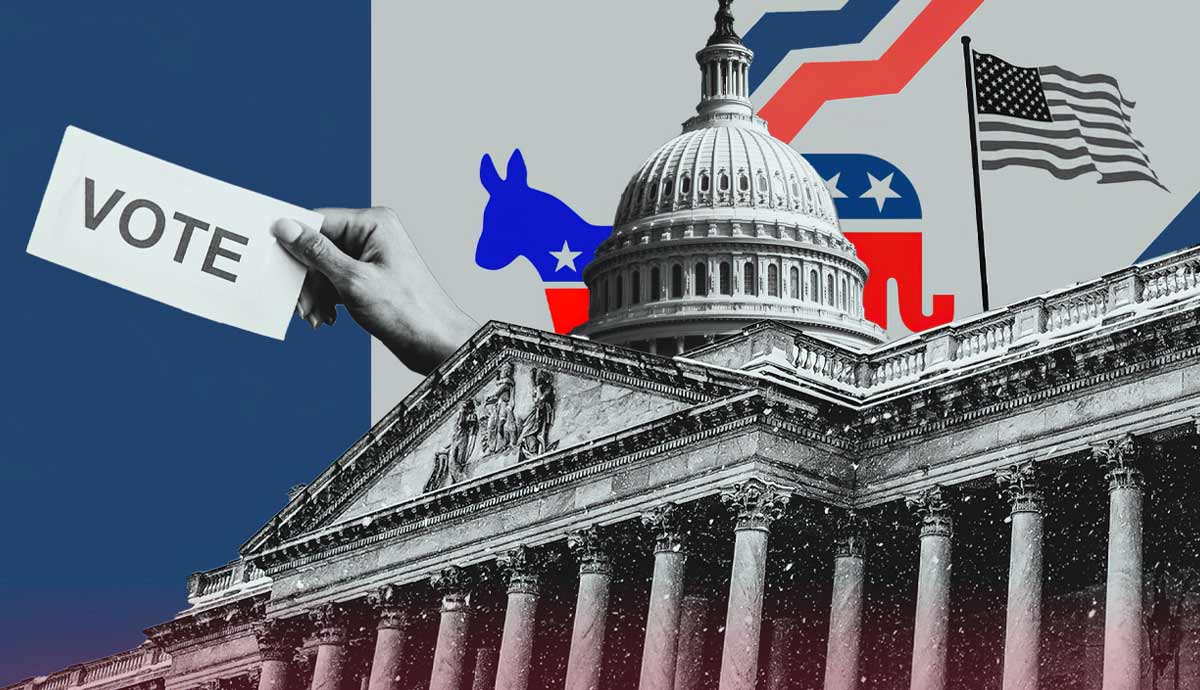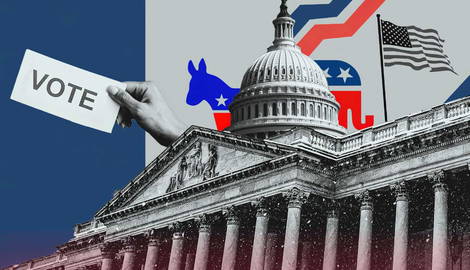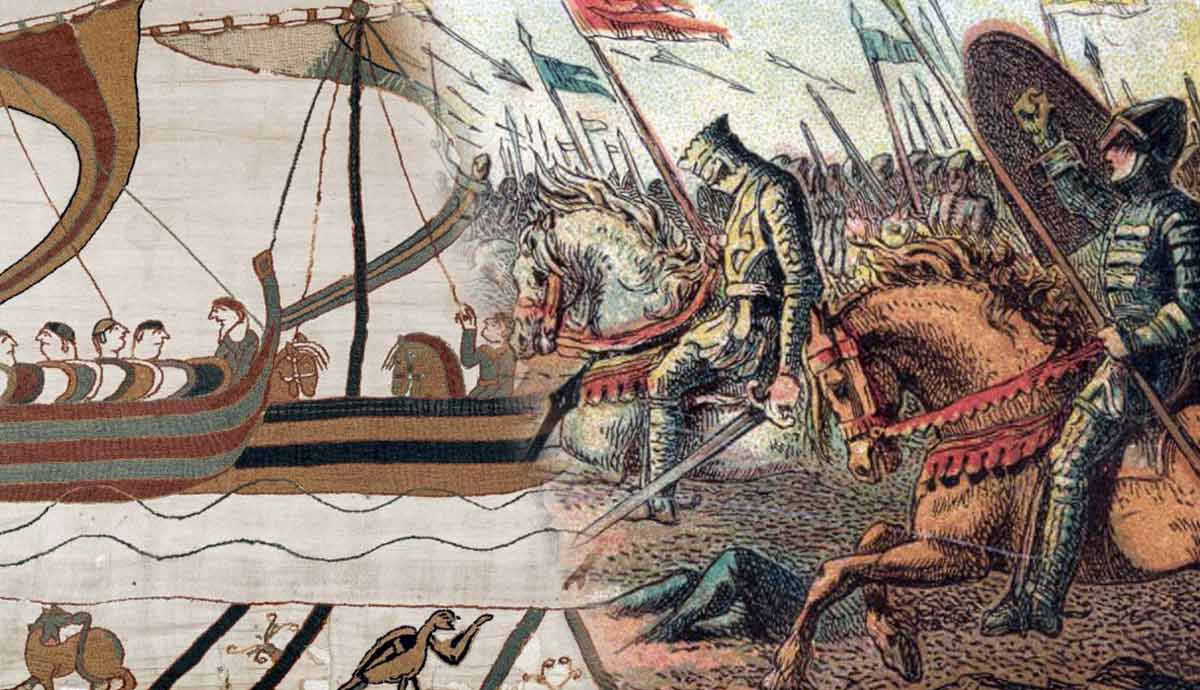
In early November of even-numbered years, millions of Americans head to the polls to vote for federal, state, and local politicians. Typically, they see one candidate listed for each major political party, and many Americans vote based on party affiliation. But why and how do these parties only list one name? Fewer voters know about primary elections, which have been used since World War II to give voters a voice in determining party nominees for office. Primary elections are held Between February and August to determine party nominees for various elections on the ballot in November. How do these primary elections work, and what does it take to become a party nominee?
Before Primaries: The Convention System

Today, voters in America have a lot of say in their elected officials. However, until the Seventeenth Amendment in 1913, US Senators were chosen by state legislatures instead of voters. Voters also did not have a voice in the selection of party nominees for office. Traditionally, political party leaders chose the nominees at conventions, and voters cast their ballots in November. This convention system began after the controversial 1824 presidential election, before which party nominees were chosen by congressional caucuses.
The convention system was supplemented by primary elections beginning in the early 1900s during the Progressive Era. Voters in some states received more of a voice in choosing nominees, though real power remained with state-level conventions. These early primaries were largely a show of support for candidates; party leaders could reject them. Controversially, some nominees would be chosen by party leaders at conventions without having run in primaries.
Local Elections and Independent Candidates: Ballot Access Instead of Primaries

It is important to note that not all political candidates have to win primaries and become party nominees to make it on the ballot. At the local level, many elections are nonpartisan, meaning candidates do not formally identify with a political party. To make it on the ballot, these candidates need to be granted ballot access, usually by submitting a certain number of signatures. This limits ballots to manageable sizes; otherwise, scores of candidates may be vying for votes for each elected position.
Independent candidates can also run in partisan elections above the local level, including for president of the United States. They may create their own party and submit it for ballot access in each state. This can be a difficult process and leads to relatively few independent candidates having a chance to win enough electoral votes (270) to become president. Throughout US history, relatively few independent candidates have received electoral votes in presidential elections.
50+ vs. One-and-Done: Presidential Primaries vs. District and Statewide Primaries

When many voters hear the term primary elections, they think about presidential primaries. However, most partisan elections above the local level have primaries. Presidential primaries occur in all US states and territories, while others occur only in the districts or states represented by that office. For example, US House districts hold primaries only in that district, while states hold US Senate primaries across those states.
Although presidential primaries occur within each state over several months, all others occur on a singular date within that district or state. Primary elections typically happen in the spring or early summer. According to state law, some can result in run-off elections if no candidate receives a majority of the popular vote. Whichever candidate wins a majority in the primary automatically becomes the party nominee. Presidential primaries, by contrast, have no run-offs and award delegates to candidates roughly in accordance with popular votes.
Post-WWII: Presidential Primaries Begin

Modern presidential primaries began after World War II but were held at the discretion of individual states. From 1948 to 1968, the primary system expanded but was far from nationwide. Controversially, some nominees were men who did not even run in the primaries, such as Democratic governor Adlai Stevenson in 1952. However, these early primaries did serve the purpose of signaling a politician’s popularity. In 1952, a poor showing in early primaries convinced US President Harry S. Truman not to seek a third term.
By 1960, primaries were increasing in importance and influencing party leaders. US Senator John F. Kennedy (D-MA), for example, received top billing at the Democratic National Convention in 1960 by performing well in the presidential primaries. In 1964, US Senator Barry Goldwater (R-AZ) won the Republican presidential nomination by winning a majority of delegates during the presidential primaries. However, the ultra-conservative Goldwater’s thrashing in the general election at the hands of Democratic US President Lyndon B. Johnson made party leaders question the wisdom of common voters.
1968: Ignoring Primaries Leads to Uproar

The divide between common voters and party leaders broadened to a nationwide culture and generational clash during the Vietnam War. Although united and easily victorious in 1964, the Democratic Party was in disarray in 1968 after Lyndon B. Johnson unexpectedly announced that he would not seek re-election on March 31. Tragically, new Democratic presidential candidate Robert F. Kennedy, US Senator from Massachusetts, was assassinated on June 5. Vice President Hubert Humphrey was now the Democrats’ most well-known candidate, and he headed to the party’s National Convention in Chicago.
Controversially, Humphrey was nominated on the first ballot and won the nomination despite not winning any primaries. He had not even entered the race until April after Johnson had announced he would not run for re-election. Anger over Humphrey’s nomination influenced the DNC Riots that rocked downtown Chicago during the convention. After the violence-marred convention, both major parties decided to formalize their presidential nomination process by honoring the delegates who won at primaries and caucuses.
1972-Present: Presidential Primaries Strategy

Once both parties vowed to honor the primaries and caucuses, candidates had to strategize to win them instead of relying on favor with party bosses. Because of the lengthy stretch of primary contests, candidates often could only afford to campaign in early primary states, hoping that victories would win free publicity that would carry them into later states. States would front-load their primaries to attract media attention and the presence of candidates. This would force candidates, one of whom would inevitably become president, to focus on issues of importance to those early primary states.
Critics of front-loading argue that it distorts democracy by amplifying the voices of a small percent of the national electorate—those residing in a handful of early primary states. Traditionally, the states of Iowa, New Hampshire, Nevada, and South Carolina have been the earliest voting in presidential primaries, meaning their issues receive far more candidate and media attention. To win these states, candidates from both major parties have tailored their campaigns to focus heavily on these issues, potentially ignoring issues faced by states with greater populations.
Strategy Continued: Types of Primary Contests

In addition to using the presidential primary calendar to know where to focus their time and money, candidates must pay attention to the type of primary contest held in each state. States have open primaries, closed primaries, or caucuses to determine their delegate allocation for presidential nominations. Open primaries are traditional elections where all registered voters can vote; they must pick one party’s ballot. Independent voters, with no pledged party affiliation, may pick either party’s ballot.

Closed primaries and caucuses, by contrast, are only open to members of that political party. Non-party members cannot participate, with the rationale being that members of an opposing party could use the primary or caucus to support the most radical or unpopular candidate and saddle the party with an unwinnable nominee. Caucuses are different from primaries in that they are not traditional elections and are instead public meetings. Party members physically line up in support of a candidate and are counted, which places some peer pressure on attendants to line up for the most popular candidate.
Complex: Superdelegates and Winner-Take-All Primaries

Delegates are awarded in presidential primaries and caucuses roughly in proportion to the popular vote, meaning that a candidate who wins forty percent of the popular vote receives roughly forty percent of the state’s delegates for that party. However, both major parties have some undemocratic elements in their presidential primaries. In 1984, the Democratic Party created the position of unpledged superdelegate to give additional voice to elected office-holders. These hundreds of superdelegates were not attached to any state and could vote for any candidate at the Democratic National Convention.
The Republican Party, although it has far fewer superdelegates, created winner-take-all primaries, similar to the general election’s electoral college, where the candidate who received the most popular votes won all the state’s delegates for that party. Both parties also have minimum thresholds for delegate allocation to prevent minor candidates from bogging down the process. Typically, candidates must receive at least 15 percent of the popular vote in any state to receive delegates. This leads most noncompetitive candidates to drop out of the primaries quickly, lest they burn through all their campaign funds.
What If Nobody Wins a Majority of Delegates?

Usually, a candidate wins the first few primaries and becomes a frontrunner who enjoys a snowball effect of positive media attention. Rival candidates drop out, and the frontrunner wins enough delegates to clinch the nomination by the middle of March. Sometimes, however, no candidate achieves true frontrunner status, and the primaries remain competitive through the late spring. Rarely do the primaries end in June, with no candidate receiving enough delegates to clinch the nomination outright.
If no candidate has enough delegates to clinch the nomination when the National Convention rolls around in late summer, a contested convention, sometimes erroneously called a brokered convention, occurs. A brokered convention occurs if no candidate wins the presidential nomination on the first ballot, forcing party leaders to “broker” a deal to shift delegates. The last brokered convention occurred in 1976 when neither US President Gerald Ford nor California Governor Ronald Reagan arrived at the Republican National Convention with enough pledged delegates.
Last Step: Party (Re)-Unification

Primary elections can be intense and cause bitter feuds between members of the same political party. When it comes to the presidential election, however, there are typically at least three months between the official nomination and election day in November. To win, both major parties need to be unified behind the nominee. Mending feuds and hurt feelings is one of the goals of each party’s National Convention, during which time candidates from the primaries can speak and receive public congratulations.
Sometimes, the National Convention is where the presidential nominee announces their running mate, or vice presidential nominee. This is often the most highly-anticipated part of the four-day event. If a candidate clinches the nomination early by winning enough delegates, they may announce a running mate in advance of the National Convention. Media outlets cover both parties’ conventions thoroughly to get a sense of voter support and how popular the nominees’ policy positions are. Historically, the intense media coverage of each convention has given that party a temporary bump in the polls at the outset of the lengthy general campaign.










